High CPU
Performance
1 socket
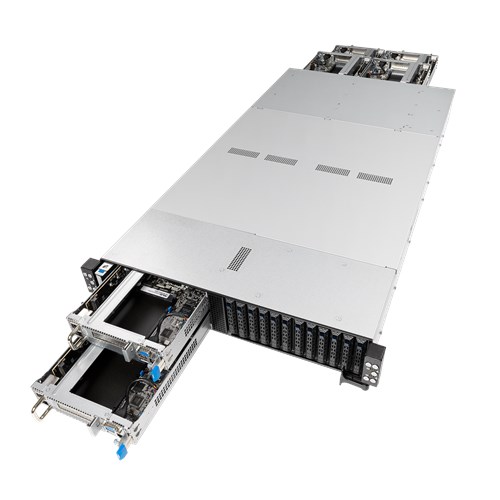

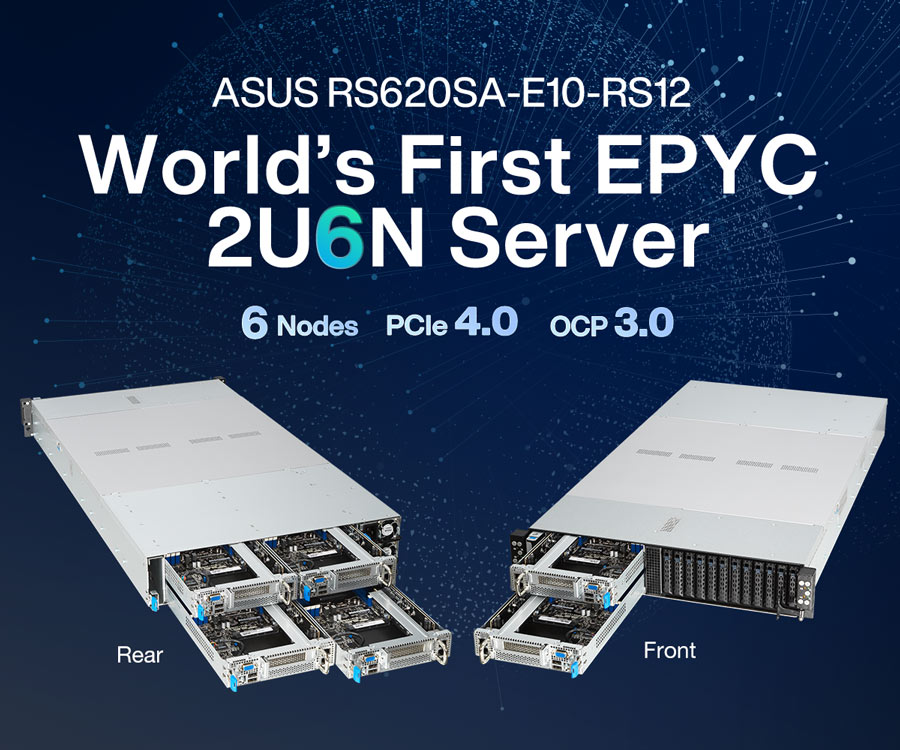
Transform your data center TCO with the world's first six-node high-density server powered by AMD EPYC 7003 processors. With an innovative design that fits six nodes in a 2U chassis, RS620SA-E10-RS12 accommodates the highest 280W TDP CPUs, PCIe 4.0 and OCP 3.0 expansions to satisfy the increasing demands for efficiency, density and TCO-optimization for data centers, web servers, virtualization, cloud and hyperscale environments.
1 socket
1 slot
1 slot
1 Mezzanine
8 DIMM
2 bays
* Each node features one PCIe 4.0 slot for a choice of a GPU card or add-on card.
* The PCIe 4.0 slot fits half-length and half-height (low-profile) GPU cards.
* Servers with a 280W TDP CPU are required to be configured with an EVAC heatsink.
A one-of-a-kind, ultra-dense 2U6N design delivers breakthrough performance with more compute, storage, networking and PCIe 4.0 expansion options than traditional multi-node systems, allowing you to flexibly configure your server for specific workloads.
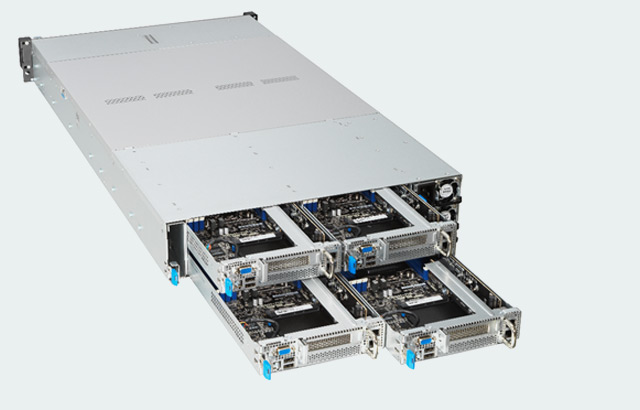
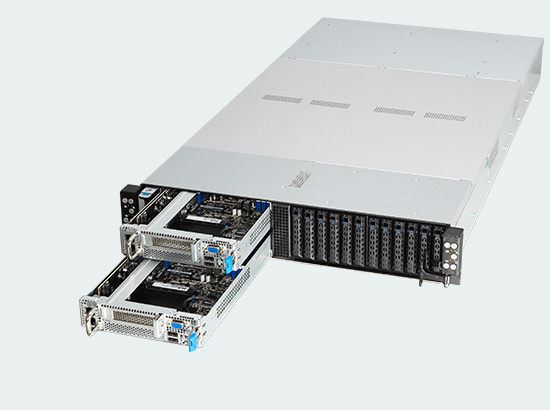
Cabling infrastructure is the foundation of every data center. A unique data-cable routing-tunnel design keeps cables together and protected inside the chassis, and connects the rear panel to the networking ports on front panel for organized installation and easier maintenance and troubleshooting.
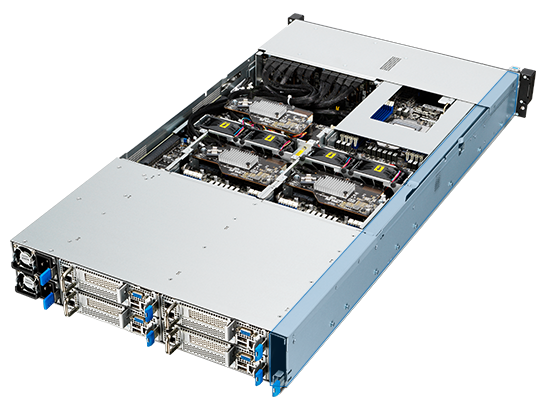
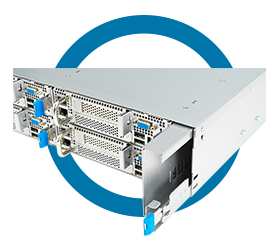 Pull-out tray for easy cable management
Pull-out tray for easy cable management
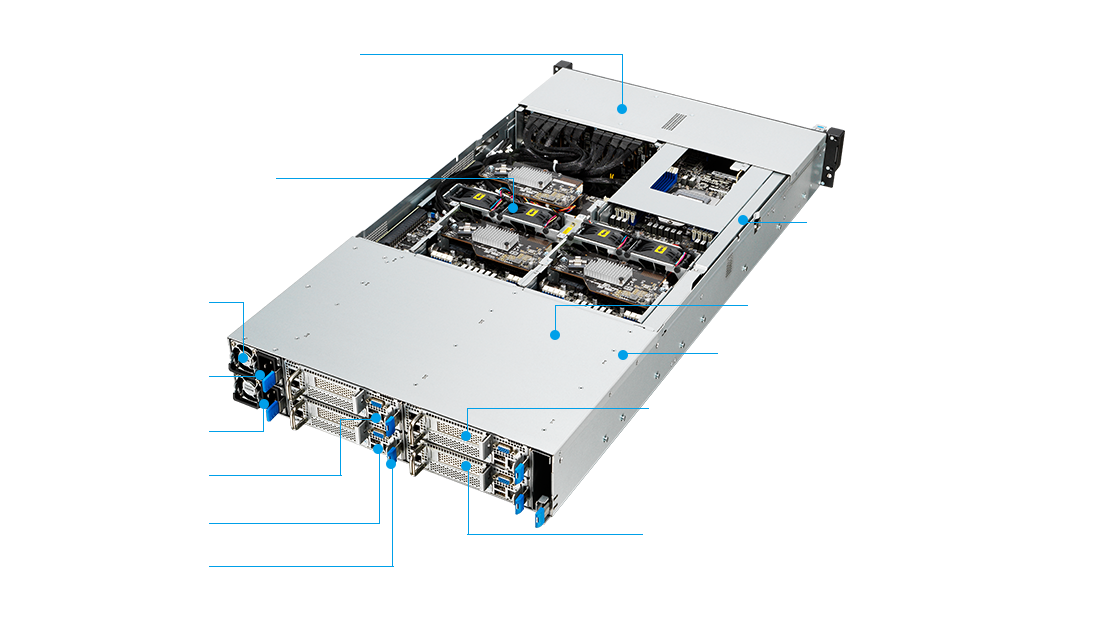
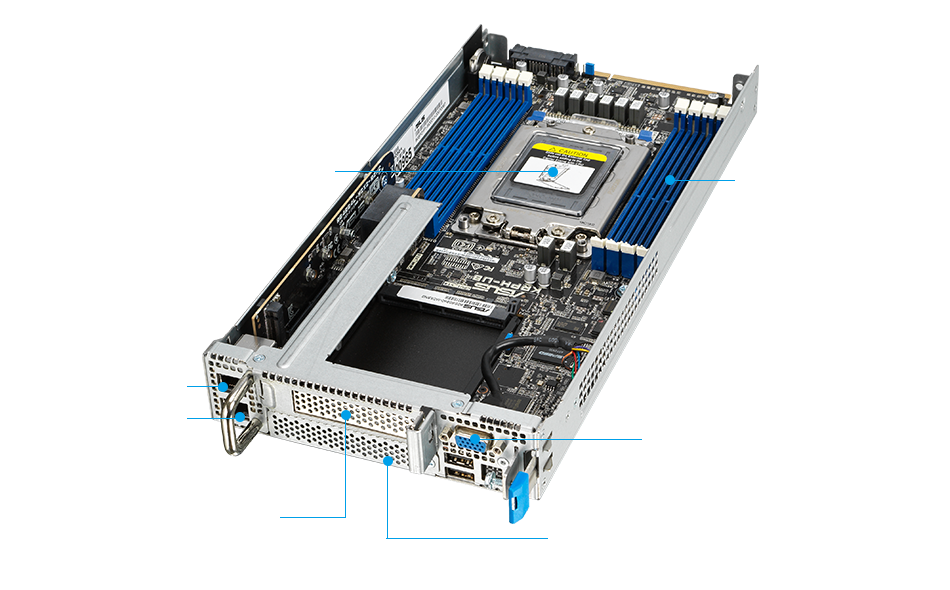


Each node is powered by the latest single-socket AMD EPYC 7003 processor that delivers higher computing power density of up to 280W TDP and supports up to eight DIMMs, challenging traditional dual-socket server performance, while greatly reducing operating costs.
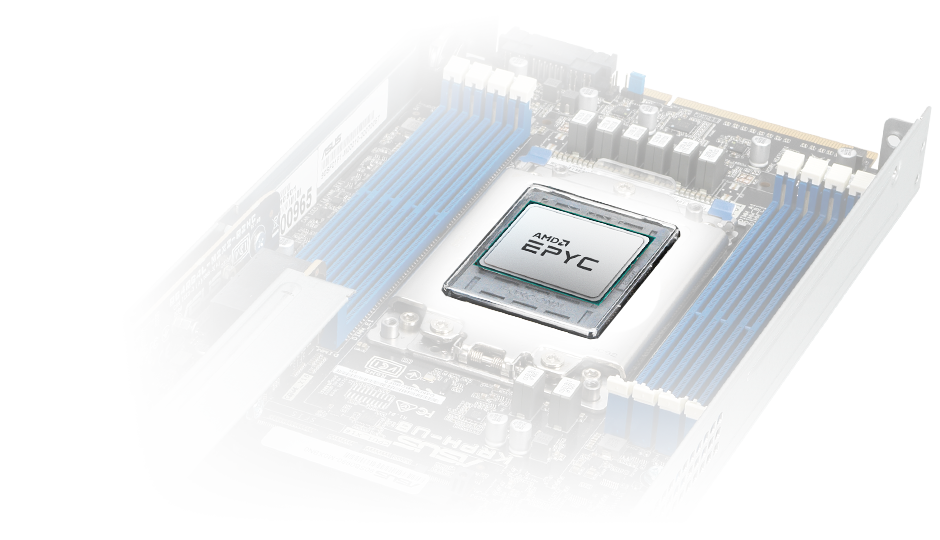
RS620SA-E10-RS12 features one OCP 3.0 mezzanine card per node to deliver networking speeds of up to 200 Gbps with PCIe x16 bandwidth. The server is PCIe 4.0 ready and designed for applications that require high-bandwidth, low-latency network support for connecting multiple nodes and clusters.
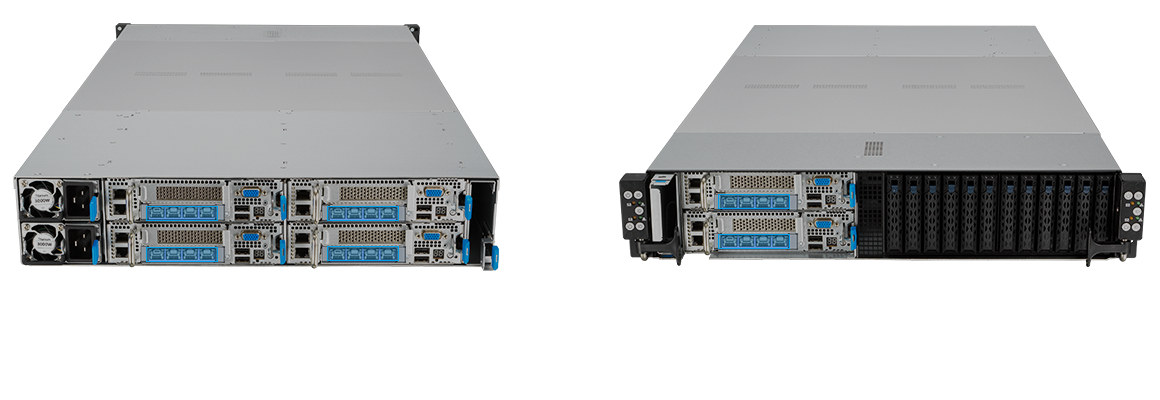
One PCIe 4.0 expansion slot per node is available for a low-profile GPU, to accelerate a diverse range of modern AI applications. Support for up to six NVIDIA T4 GPUs in a 2U chassis provides distributed computing performance in a space-efficient and cost-effective solution.
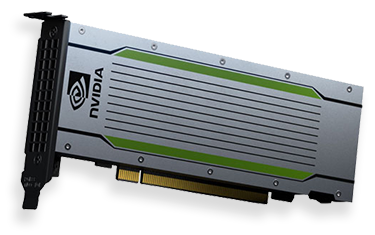

* Servers configured with an NVIDIA T4 GPU must also be configured with a CPU with a 280W TDP or less and an EVAC heatsink.
The six-node architecture design is ideal for content delivery network (CDN) applications that require highly reduced bandwidth costs and improved page load times through a globally distributed network of web servers or points of presence (PoP). Each node on RS620SA-E10-RS12 can serve different functions, such as delivery, storage, original or control nodes to provide more efficient network-resource utilization.

RS620SA-E10-RS12 takes advantage of the single-socket AMD EPYC processor architecture with up to 64 cores and 280W TDP to provide more cores for high-speed computing tasks and better thermal efficiency in data centers.

RS620SA-E10-RS12 features an embedded iKVM module and is bundled with ASUS Control Center to provide comprehensive out-of-band and in-band management features for any scale of businesses.
ASUS Control Center (ACC) is a centralized and integrated IT management platform for monitoring and controlling ASUS servers, workstations and Mini PCs. ACC enables remote BIOS updates, monitoring of multiple systems via mobile devices, and one-click software updates and dispatching, allowing easier server management for any IT infrastructure.
Learn more about ASUS Control Center

The embedded ASMB9-iKVM module supports remote BIOS updates, fan control, standalone KVMs, video recording, and BSOD capture, providing around-the-clock remote monitoring and diagnostics — even if the operating system is down or offline — through a user-friendly, web-based graphical interface that works with all major browsers.

ASUS servers feature exclusive Performance Boost technology to achieve the best server performance and agility by tuning servers to match the requirements of workloads, letting you gain greater control of your server environment. This technology improves workload throughput by maximizing processor frequency and boost power, ideal for time-sensitive applications such as financial services or data center operations. In the BIOS you can choose from pre-configured server profiles optimized for specific workloads, maximizing overall performance and reducing server-configuration time.

Maximizes the processor frequency in multi-core operations, avoiding frequency shifting for reduced latency.

Automatic power acceleration with an innovative voltage design to increase server overall performance.

Preconfigured BIOS server profiles based on workloads and benchmarks for improved performance and efficiency.
ASUS features server thermal-control technologies to provide real-time server temperature monitoring, intelligent fan-curve adjustments, and continue delivering the value of optimized power-efficiency.
ASUS Thermal Radar 2.0 takes advantage of placing up to 56 ambient sensors on the front panel of a server as well as in components for temperature monitoring. It can perform intelligent fan-curve adjustments to fit the real-time server usage patterns, lowering fan power-consumption by up to 36% and reducing total cost of ownership — ideal for data centers with extreme workloads.

Sensors are embedded on front panel, CPU, NVMe SSD, OCP card, PSU and memory. Up to 56 ambient sensors on selected models.

Fans are grouped for dynamic fan curve adjustment in different fan zones to achieve more precise thermal monitoring.

More precise thermal information can reduce power consumption and lower down TCO.
ASUS Power Balancer is an exclusive technology that enables ASUS servers to adjust overall loading automatically based on real-time monitoring in order to decrease overall power consumption for improved efficiency and cost/performance optimization.

Monitor and feedback CPU loading to have more accurate management on the system.

Dynamically and automatically adjust CPU frequency based on current utilization to reduce power consumption.

Optimize performance per watt for a better power efficiency system.
